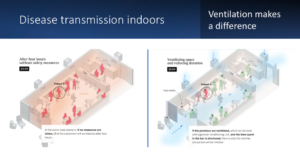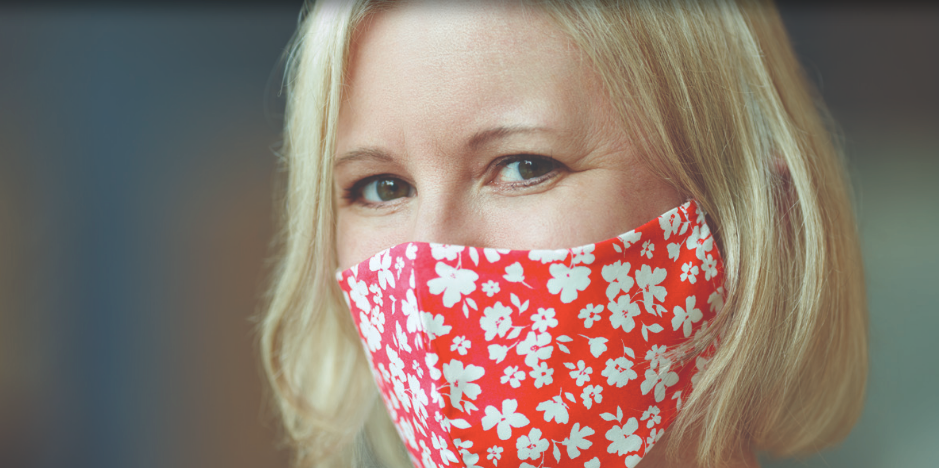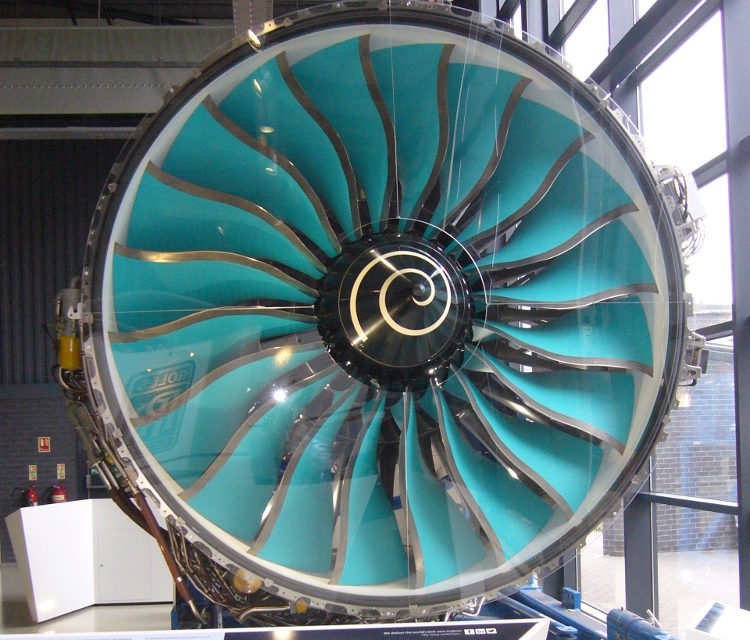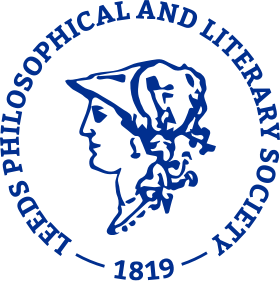Priestley Lecture: The air we breathe
How understanding of disease transmission has evolved during COVID-19
Professor Cath Noakes, expert on ventilation
Mechanical engineer Professor Cath Noakes thought she was tucked away in a fairly obscure niche area of academic work as a specialist on the modelling and management indoor air quality. That all changed when Covid-19 started to spread in early 2020. She stepped into a high-profile position as a member of SAGE, the Government’s scientific advisory group on emergencies, contributing her knowledge of the fluid dynamics of airborne infection and of ventilation as a means to reduce transmission. From summer 2020, she joined with other scientists to put across the implications of insights about aerosol transmission of the virus and appropriate mitigation techniques, resulting in the amendment of the simple public health slogan to ‘Hands, space, face, fresh air’.
This lecture tells the inside story about how newly emerging or refined understanding in this field has been taken up and brought through into policy & practice … or not?
The lecturer began by identifying the burden of respiratory diseases which can be caused by air transmission and potentially lead to death. At the time of the lecture the Covid-19 virus was estimated to have resulted in some 5 million deaths and 250 million confirmed cases. The worldwide cost was estimated to be a staggering one trillion dollars per month. The understanding of the influence of the environment and ventilation in airborne disease transmission dating back to Florence Nightingale was explored. The Covid-19 pandemic has thrown science into the spotlight and led to an improved understanding of the transmission of pathogens, knowledge which has been used by governments to plan strategies in response. The evidence for airborne virus transmission was described and the existence of multiple routes and risk factors for transmission cited. No one thing is the answer and there are multiple factors to consider. The risk profile embraces environmental factors (high people density, poor ventilation, highly populated spaces, temperature and humidity) and human factors (form of activity, breathing characteristics, duration of exposure, contact network, hygiene behaviour, socio-economic).
The details of the significance of breathing mode and exhaling were discussed. Particle counters had been employed to investigate exhaled particles with different activities – singing, speaking, coughing, breathing etc. There is an enormous difference in respiratory particles emitted by different individuals. What happens to breath has been examined by thermal imaging cameras. The coronavirus itself is about 100 nanometres in size but does not travel on its own but associated with aerosols (less than 5 micrometres) exhalation or greater size droplets. With such knowledge how does one then prevent or mitigate transmission – face masks, avoiding face touching, hand hygiene, time of exposure, screens, test and trace, ventilation, quarantine, government advice, vaccines?
The link between ventilation and Covid-19 spread is complex and there is a huge variability in understanding and interpretation. It is recognised that poor ventilation can affect health, sleep, productivity and so on. But understanding ventilation in buildings is complex: what is the rate of ventilation, how is it measured and what metrics do we need for health and airborne pathogens? There are also competing priorities in building design – excluding outdoor pollution, energy usage, noise, cost etc. There is much to do in improving the design of buildings for better health and retrofitting is complex.
An outstanding and informative lecture was concluded with amongst other things some interesting publication statistics. The influenza pandemic of 1917 has resulted in an estimated 134,000 publications. The SARS-CoV-2 (coronavirus) had already generated some 93,000 publications between early 2020 and late 2021. This represents a great deal of research that needs to be sifted to address the embedded beliefs and take forward sound measures to support people and countries. As Professor Noakes commented: real-time science (and I might add engineering) is in the public eye, and everyone has a view.

Cath Noakes has a degree in Mathematical Engineering and a PhD from the School of Mechanical Engineering, University of Leeds. As a postdoctoral researcher in the School of Civil Engineering she modelled air disinfection systems. She became a Lecturer in 2007, Reader in 2010 and Professor in 2014.
On top of several prestigious academic awards, in October 2020 it was announced that she was to be given an OBE for ‘services to the Covid-19 response’ in recognition of her vital role and achievements in convening the SAGE environmental modelling working group.
The annual Priestley Lecture of the Phil & Lit keeps alive a link with scientist Joseph Priestley (1733-1804) who spent six years in Leeds from 1767 as Minister of Mill Hill Unitarian Chapel. He carried on with his scientific experiments and it was while he was here that he identified what later came to be recognised as oxygen. He was a founding member and first secretary of The Leeds Library.

Other events you might be interested in...
Explore more

Grants
The Society makes grants both to individuals and to organisations in support of cultural and scientific activities which increase innovation, outreach and diversity in Leeds and its immediate area. It also supports local museums and galleries and publications relating to the city.

Events
Since 1819, the Phil & Lit has been inviting the people of Leeds to hear from knowledgeable and entertaining speakers. Many are leaders in their field of science, arts or current affairs. We also hold an annual Science Fair and organise occasional visits.



